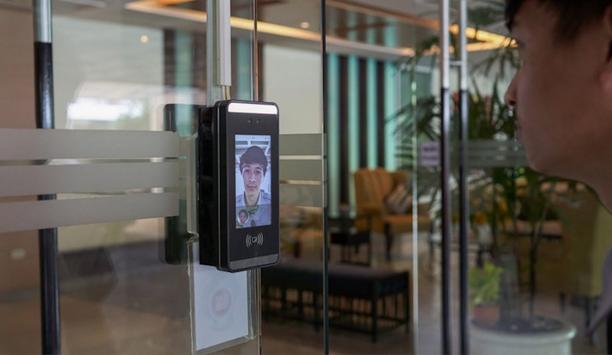Following a number of high-profile terrorist incidents involving aircraft and airports in recent years, aviation security has been significantly strengthened with the introduction of a range of measures designed to protect the travelling public. These include the deterrence and detection of weapons and explosive devices to prevent them being smuggled onto aircraft through the use of metal detectors, explosive sniffers, canine searches, baggage and increasingly full body scanners.
Allied to this, passengers are also now banned from taking liquids in the form of drinks, gels, sprays etc as carry on items (unless purchased at the airport duty free shop and sealed in a transparent plastic bag) to prevent the smuggling of liquid explosives such as nitro-glycerine or ammonia based compounds on to aircraft.
Around the airport perimeter itself, more capable low light and infra-red CCTV systems have been installed and mobile patrols on foot and in vehicles have been stepped up with the use in some instances of advanced fence intrusion detector systems (FIDS) to deter and detect intruders. These use a variety of detection technologies, sounding an alarm in the security centre if an attempt is made to climb over or breach them. And bollards and anti-crash barriers are deployed at various vehicle access points to mitigate the threat of vehicles laden with explosives, gas bottles or gasoline from ramming into terminal buildings.
Another aspect of this multi-layered approach to airport security is access control. Controlling access to key areas within the airport terminal and its associated buildings remains a critical security task and, with many thousands of staff and other employees on site needing to have the right levels of access authorisation, the latest in state-of-the-art electronic access control technology is required to achieve it.
Access control in action
BAA Heathrow Airport is the world's busiest international airport serving over 180 destinations in more than 90 countries. Operating 24 hours a day, 7 days a week and servicing over 65 million passengers per year, an average of over 180,000 passengers use the airport every per day.
The new £4.3 billion Terminal 5 (T5) is Heathrow's latest success. Covering 260 hectares it is the new dedicated home for British Airways and consists of three buildings, the main terminal plus two satellites, Terminals 5B and 5C, linked by an automated transit system.
 |
| Salto Systems is a leading manufacturer and supplier of access control solutions to the aviation industry |
As you would expect their security requirements are complex and demanding, requiring a highly secure and reliable access control solution that can be customised to meet their specific environment. To address these needs, the airport turned to Salto Systems, a leading manufacturer and supplier of advanced access control solutions to the aviation industry.
Ramesh Gurdev, Managing Director of Salto Systems UK says: "Working in consultation with British Airways (BA) and the British Airports Authority (BAA), the owners and operators of the airport, Salto designed a highly secure and flexible access control system to meet all of the requests of both parties. The advanced system design incorporates a mix of SALTO XS4 comfort, security, glass door and e-cylinder electronic lock sets, together with intelligent wall readers mounted on stainless steel pedestals. These control access to a mix of BA staff doors, lounges and the airline's first class lounges in the terminal.
The system supports an unlimited number of users and is specifically designed for use in stand-alone operations. When it comes to expanding the system into other parts of the airport, it can be easily added to almost any existing lock and door, turning them into fully featured access control doors that can integrate with the rest of the site without compromising security, convenience or control.
It permits the airport to benefit from the many advantages of the Salto Virtual Network (SVN) system, enabling locks and operating cards to be rapidly updated.












